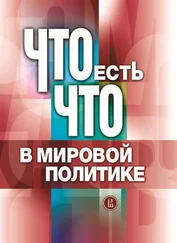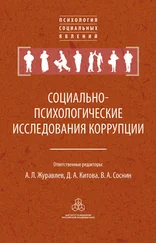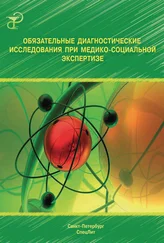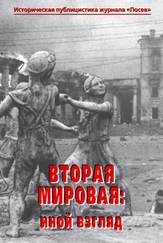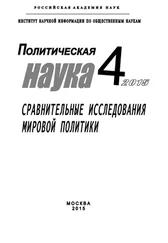Недавний обзор деления на основные источники: Robert D. Miller, «Crossing the Sea: A Reassessment of the Exodus», ZABR 13 (2007): 187–193. Точные формулировки, естественно, варьируются, см.: Brevard S. Childs, The Book of Exodus: A Critical, Theological Commentary (OTL; Philadelphia: Westminster, 1974), с. 218–221; William H. C. Propp, Exodus 1–18: A New Translation with Introduction and Commentary (AB 2; New York: Doubleday, 1999), с. 461–464, 476–484; Richard E. Friedman, Who Wrote the Bible? (San Francisco: Harper & Row, 1987, с. 251 [На русском: Ричард Фридман, Как создавалась Библия? М.: Эксмо, 2011].
Bernard Batto, Slaying the Dragon: Mythmaking in the Biblical Tradition (Louisville: Westminster John Knox, 1992), с. 128–152, особ. с. 136–144; см. также: Childs, Exodus , с. 223–234; Cross, Canaanite Myth , с. 103–105.
Jeremy M. Hutton, «Jordan River», NIDB 3:385–392; см. также: Propp, Exodus 1–18, с. 510.
Cross, Canaanite Myth , с. 112–144; ср.: Childs, Exodus , с. 251. Утверждение о «мифическом происхождении» Исх 15 не должно порождать утверждение, что песнь полностью мифологична. Как показал Кросс, при своеобразном использовании Израилем ханаанских тропов происходила значительная демифологизация.
Против – Batto, Slaying the Dragon , с. 144.
Там же, c. 136.
В издании: Miller, «Crossing the Sea» разграничена вездесущая «морская» традиция (Исх 13–14, Чис 33, Ис 43:16–17, Ис 63:11–12; Пс 65:6; Пс 76:19–20; Пс 77:13) и, по-видимому, девтерономическая традиция «Тростникового моря» (Втор 11:4–5; Нав 2:10; 4:23–24; 24:6–7; Суд 11:16; Пс 105:7, 9, 22; 135:13, 15; ср.: Исх 15, Неем 9:9, 11), которая используется и в Священническом кодексе («источнике P»).
См., напр.: Hutton, «Jordan River», с. 391.
См., напр.: Gray, I and II Kings , с. 365; Burke O. Long, 1 Kings with an Introduction to Historical Literature (FOTL 9; Grand Rapids: Eerdmans, 1984), с. 199–200, и упомянутую литературу.
Stephan Bekaert, «Multiple Levels of Meaning and the Tension of Consciousness: How to Interpret Iron Technology in Bantua Africa», Archaeological Dialogues 5 (1998): 6–29.
См., напр.: Jeremy M. Hutton, «The Left Bank of the Jordan and the Rites of Passage: An Anthropological Interpretation of 2 Samuel XIX», VT 56 (2006): 470–484.
Brown, «What Was John», с. 44; см. также: Weinfeld, «Extent of the Promised Land»; Jobling, «Jordan».
Brown, «What Was John», с. 45. В этой связи он предполагает: «Действие было обрядом перехода в более чем метафорическом смысле» (р. 46). И Браун, и Доузман (« yam-sûp in the Exodus», с. 414) называют пересечение Иордана «обрядом перехода», но ни одни из них не анализирует этот акт в рамках теории Арнольда ван Геннепа.
В качестве примера ранних работ, посвященных связи 2 Цар 19 с этим метафорическим образом, см.: John Lightfoot, Horae Hebraicae et Talmudicae in Quattuor Evangelistas (ed. J. B. Carpzov; Leipzig, 1670); позднее опубликовано на английском: Horae Hebraicae et Talmudicae: Hebrew and Talmudical Exercitations (4 vols.; Oxford: Oxford University Press, 1859), 1:327–333, особ. 330.
Hutton, «Left Bank».
Там же, с. 473, прим. 10.
Там же, с. 473–474.
Там же, с. 474.
Arnold van Gennep, The Rites of Passage (trans. M. B. Vizedom and G. L. Caffee; Chicago: University of Chicago Press, 1960) [На русском: Арнольд ван Геннеп . Обряды перехода. Систематическое изучение обрядов. М., 1999]; Victor Turner, The Ritual Process: Structure and Anti-Structure (1969; repr., Ithaca, N. Y.: Cornell University Press, 1977);); Max Gluckman, «Les Rites de Passage», Essays on the Ritual of Social Relations (Manchester: Manchester University Press, 1962), с. 20–25; Mary Catherine Bateson, «Ritualization: A Study in Texture and Texture Change», Religious Movements in Contemporary America (ed. I. I. Zaretsky and M. P. Leone; Princeton: Princeton University Press, 1974), с. 150–165; Catherine Bell, Ritual Theory, Ritual Practice (New York: Oxford University Press, 1992), с. 88–93; David P. Wright, Ritual in Narrative: The Dynamics of Feasting, Mourning, and Retaliation Rites in the Ugaritic Tale of Aqhat (Winona Lake, Ind.: Eisenbrauns, 2001), с. 11–13; Bruce Lincoln, Emerging from the Chrysalis: Rituals of Women’s Initiation (New York: Oxford University Press, 1981), с. 99–101; Carol W. Bynum, «Women’s Stories, Women’s Symbols: A Critique of Victor Turner’s Theory of Liminality», Anthropology and the Study of Religion (ed. R. L. Moore and F. E. Reynolds; Chicago: Center for the Scientific Study of Religion, 1984), с. 105–125; Terence S. Turner, «Transformation, Hierarchy and Transcendence: A Reformulation of van Gennep’s Model of the Structure of Rites of Passage», Secular Ritual (ed. S. F. Moore and B. G. Meyerhoff; Assen: Van Gorcum, 1977), с. 53–70, цит. с. 60–64; W. S. F. Pickering, «The Persistence of Rites of Passage: Towards an Explanation», British Journal of Sociology 25 (1974): 63–78; Louise Carus Mahdi, Nancy Geyer Christopher, and Michael Meade, eds., Crossroads: The Quest for Contemporary Rites of Passage (Chicago: Open Court, 1996); R. L. Grimes, Deeply into the Bone: Re-Inventing the Rites of Passage (Berkeley: University of California Press, 2000); R. A. Segal, «Victor Turner’s Theory of Ritual», Zygon 18 (1983): 327–335.
Впервые я сформулировал данную интерпретацию перехода через Иордан в следующей работе: Transjordanian Palimpsest , см. особ. с. 364–377.
О том, что в 4 Цар 2 под угрозой был статус Илии, см. также: Havrelock, «Jordan River», с. 163–166, особ. с. 165; Long, 2 Kings , с. 28, 31; Rofé, Prophetical Stories , с. 44–48; White, Elijah Legends , с. 3, 8–11, и см. библиографию в третьем источнике, прим. 1; Mordechai Cogan and Hayim Tadmor, II Kings: A New Translation with Introduction and Commentary (AB 11; Garden City, N. Y.: Doubleday, 1988), с. 34; Sweeney, I and II Kings , с. 273–274.
Читать дальше
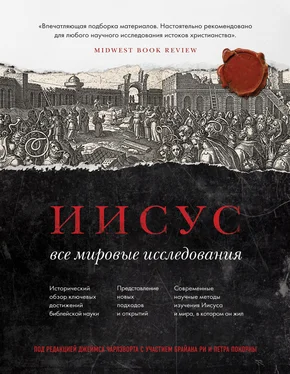
![Коллектив авторов - Что мы думаем о машинах, которые думают [Ведущие мировые ученые об искусственном интеллекте]](/books/31211/kollektiv-avtorov-chto-my-dumaem-o-mashinah-kotorye-thumb.webp)
